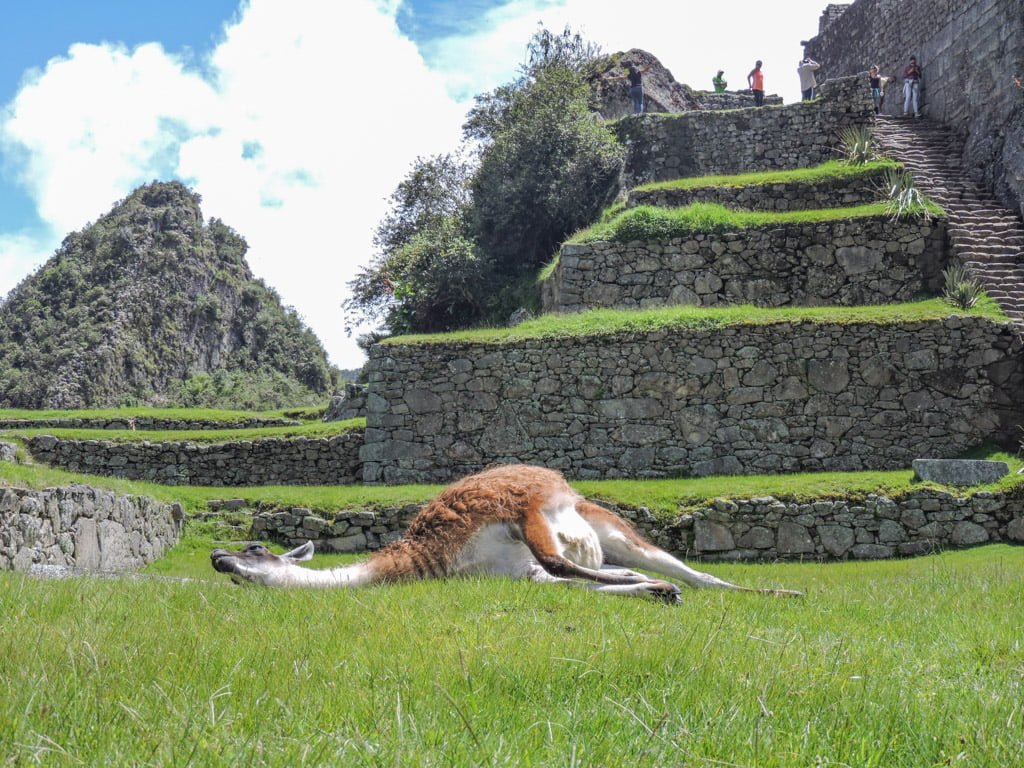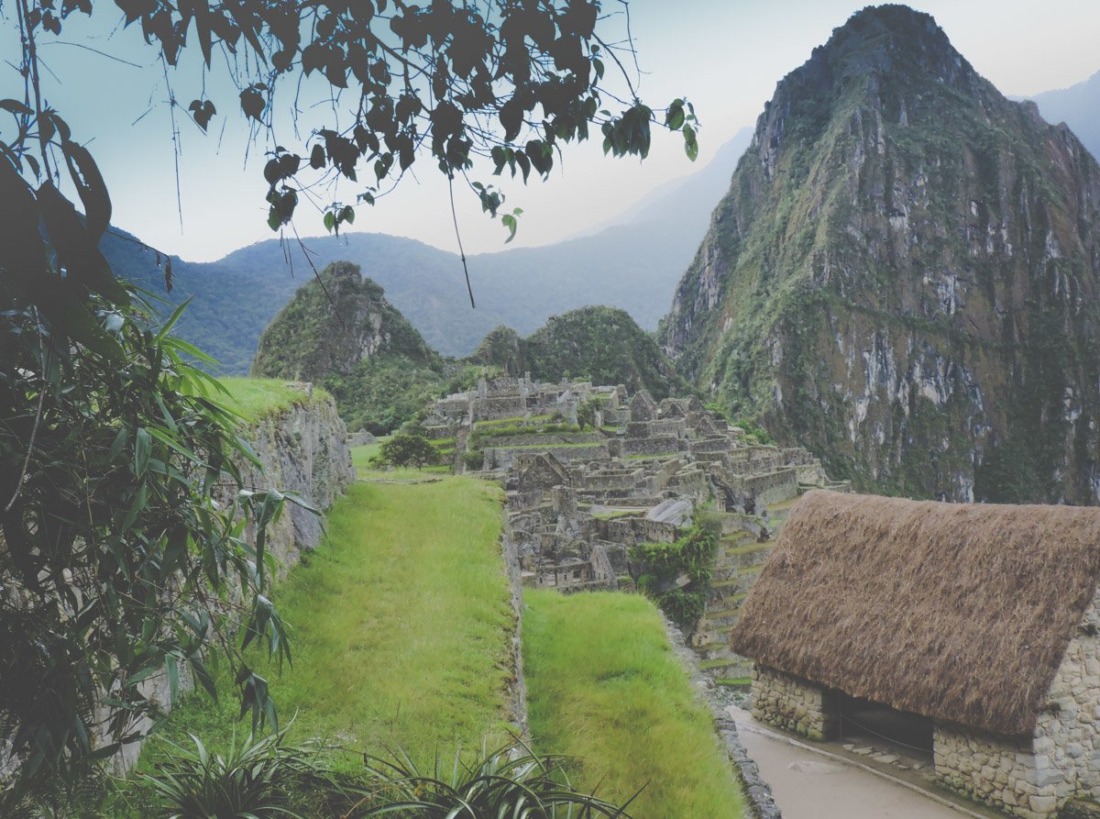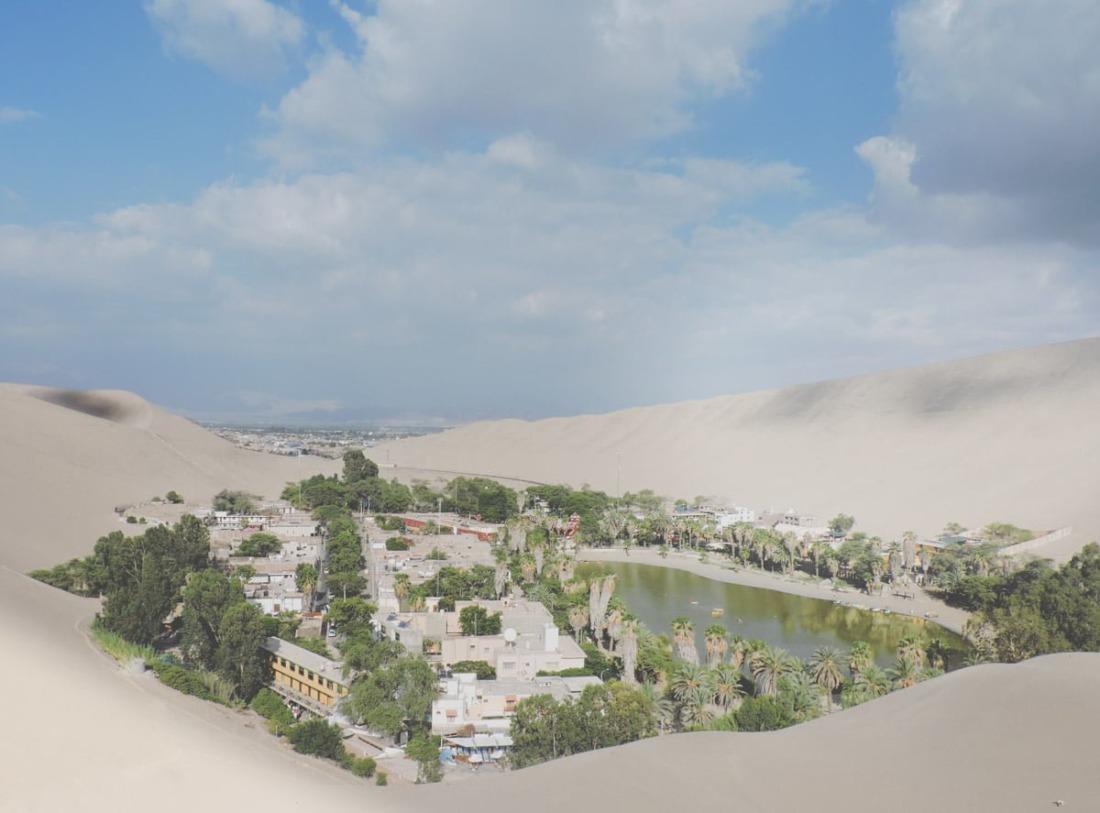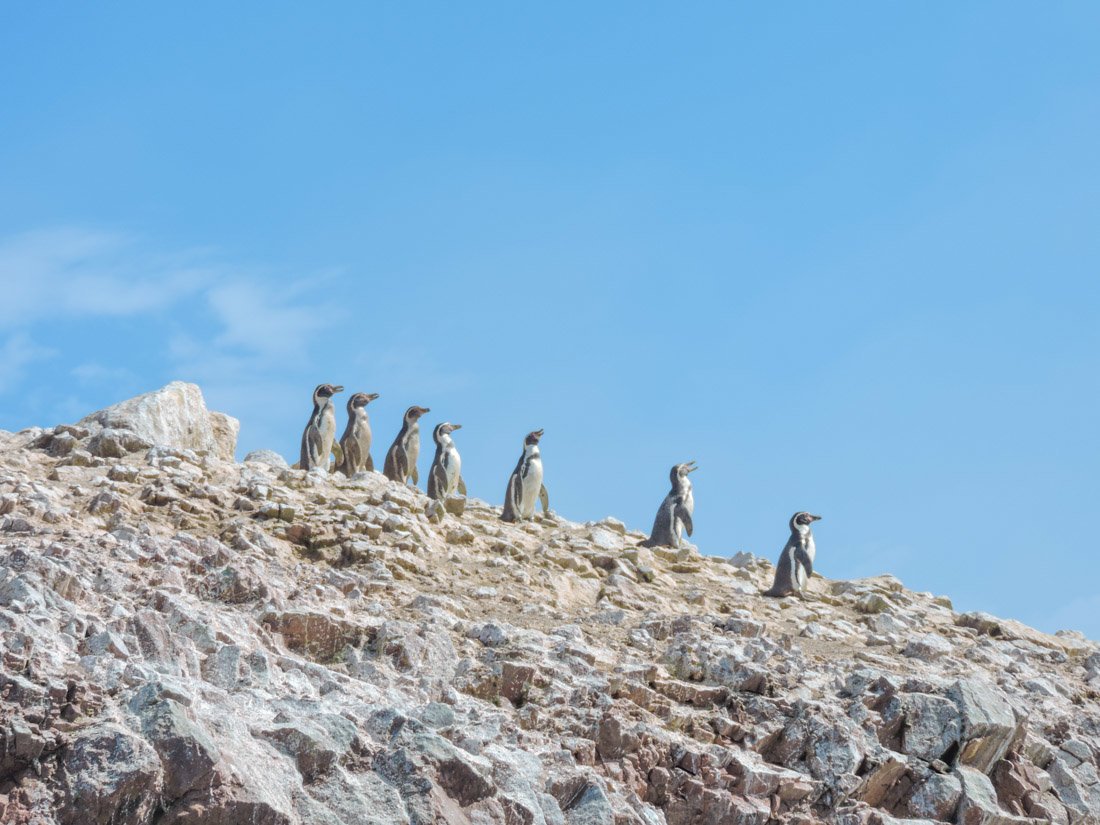The Colca Canyon is one of the most underrated hikes in South America. Overshadowed by treks to Machu Picchu, this Peruvian hike is rarely high on any itinerary, until visitors make it to Peru and hear how rewarding the 2/ or3 days hike is! Fancy swimming and then sleeping in a canyon? You can in […]
Category Archives: Peru
Ridiculously useful Peru travel guides, itineraries, packing lists, tours and day trips.
You’ve picked the right country! Peru boasts of every type of terrain possible. 2 weeks in this South American country is ample time to soak up the Peruvian culture without feeling rushed. Here is our extensive Peru itinerary, which can be reduced or extended depending on your timescale. It details the top Peru tourist attractions, […]
Machu Picchu in Peru features high on many travellers’ bucket lists, and rightfully so. One of the new seven wonders of the world, Machu Picchu is hailed as an archaeologist’s dream. Believed to have been built by hand in the 15th century by Peru’s Inca civilisation, this South American icon is hard to miss and is […]
Peru is one of the easiest South American countries to travel around. Whether you are flying solo, hitting the road with your partner or travelling with friends, this country is accommodating of every type of traveller and budget. Backpacking Peru could not be easier now because of its seamless transport links, the variety of cheap […]
Paracas, Peru is a small town on the coast. It lies in the Ica region, 152 miles from Lima. Some miss out this coastal location, heading straight to the sandy dunes of Huacachina instead. However, there are so many things to do in Paracas and attractions close by, especially if you like marine life which […]





